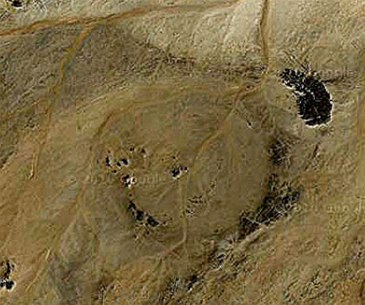OF THE
TIMES
He who learns must suffer, and, even in our sleep, pain that cannot forget falls drop by drop upon the heart, and in our own despair, against our will, comes wisdom to us by the awful grace of God.
For a very long time, the ADL denied the Christian Armenian Genocide (commited by Turkey) and defeated Armenian Genocide resolutions in the US...
It's difficult to know what to say after reading of this horror experience. I certainly have nothing in my life to compare to this. If what...
It was bad implementation form the start. I've been living in petty crime abundant Chile for more than two decades and when the self-checkout...
Boeing had emergency landing after gear failure in Turkey yesterday and skidded off a runway today after a fire in Senegal. Boeing or Bowing......
The. Houthis are an example of those peoples who, having been terrorised endlessly themselves, have become stronger. They won't go away easily.
To submit an article for publication, see our Submission Guidelines
Reader comments do not necessarily reflect the views of the volunteers, editors, and directors of SOTT.net or the Quantum Future Group.
Some icons on this site were created by: Afterglow, Aha-Soft, AntialiasFactory, artdesigner.lv, Artura, DailyOverview, Everaldo, GraphicsFuel, IconFactory, Iconka, IconShock, Icons-Land, i-love-icons, KDE-look.org, Klukeart, mugenb16, Map Icons Collection, PetshopBoxStudio, VisualPharm, wbeiruti, WebIconset
Powered by PikaJS 🐁 and In·Site
Original content © 2002-2024 by Sott.net/Signs of the Times. See: FAIR USE NOTICE

Reader Comments
to our Newsletter